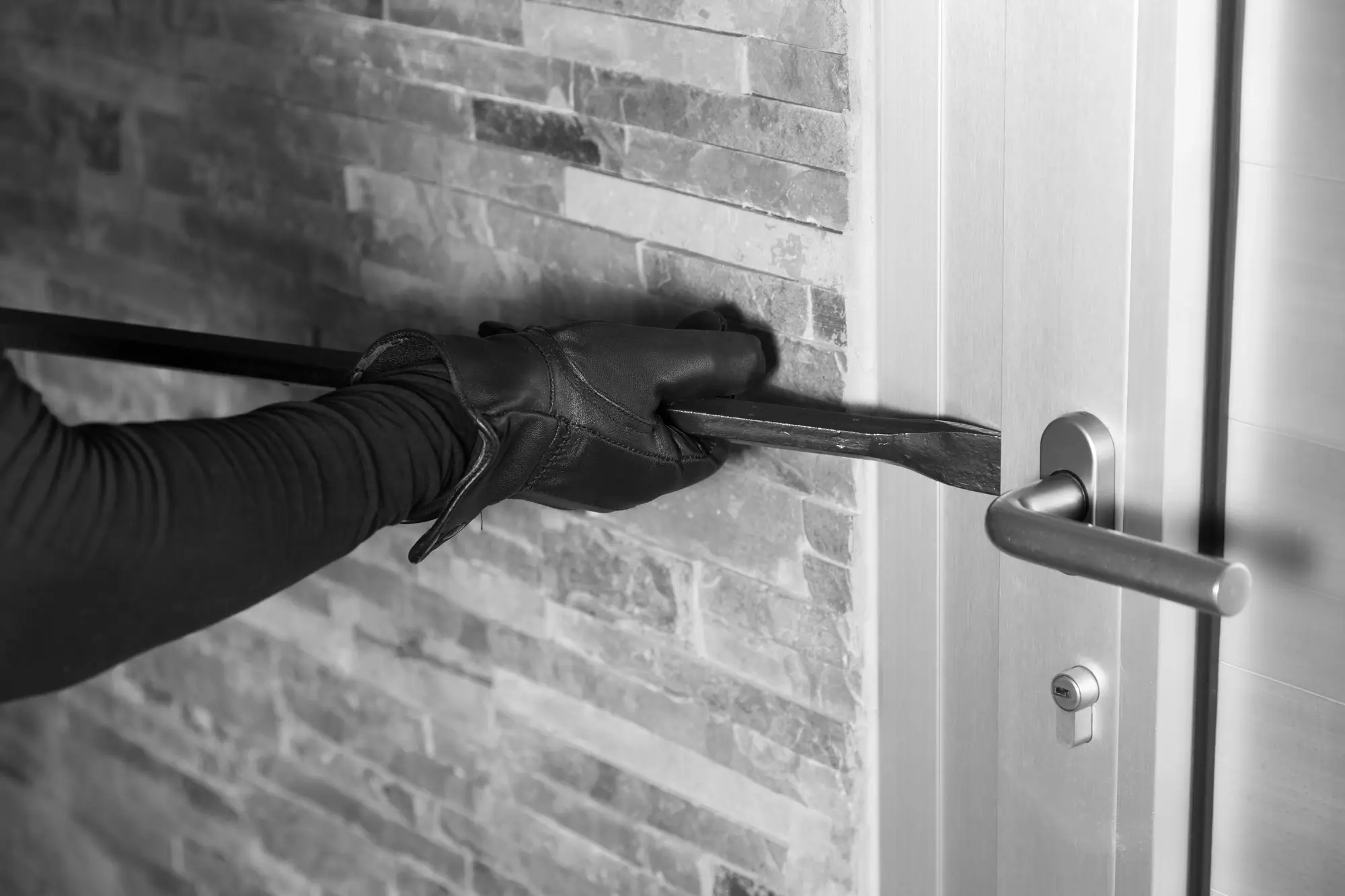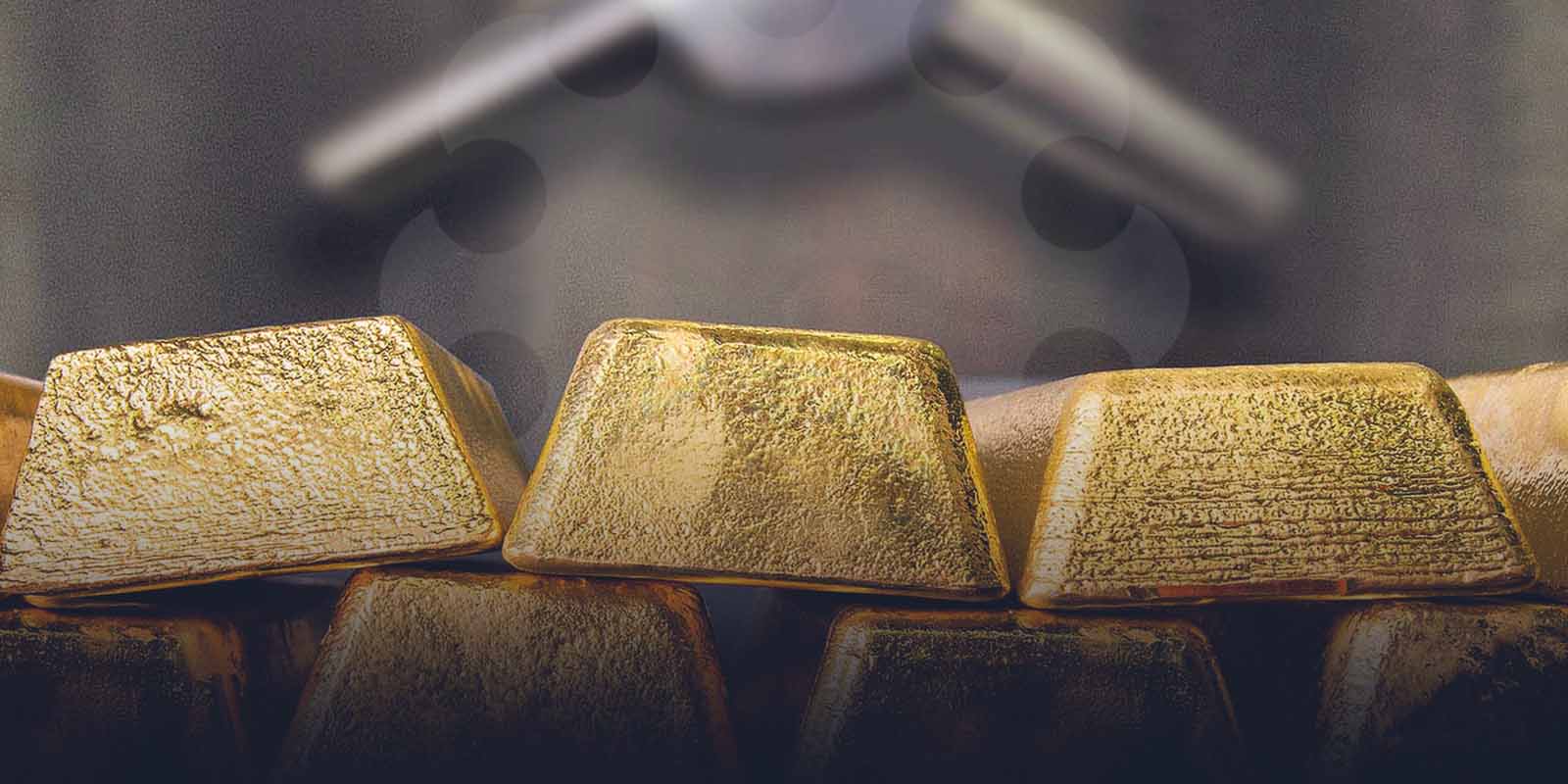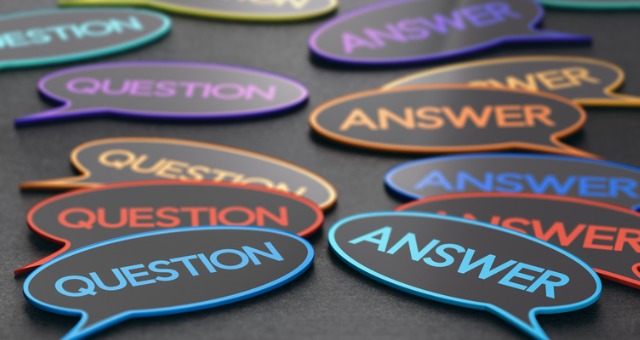Ever found yourself endlessly scrolling through watch listings, wondering which timepiece will be your next prized possession? The thrill of the hunt is undeniably one of the most exciting aspects of watch collecting. From envisioning how a watch fits into your life to calculating the potential joy it could bring, the journey is as rewarding as the destination.
But what happens when your collection hits a plateau? You might have five beloved watches you can’t part with and a dozen more that rarely see the light of day. This article aims to help you navigate these crossroads, offering insights into curating a single watch collection that truly resonates with your style and needs.
Whether you’re just starting your collection or seeking that perfect go-anywhere, do-anything watch, we’ve got you covered. Immerse to discover ten exceptional timepieces that could be the cornerstone of your horological journey.
Key Takeaways
Understand Watch Types: Familiarise yourself with different types of collectible watches, such as vintage, limited editions, and sports watches, to make informed decisions.
Budget and Maintenance: Set a budget and allocate funds for different categories and unexpected expenses. Regular maintenance preserves the value and functionality of your watches.
Historical and Iconic Models: Knowing the milestones in watchmaking history and iconic watches in motorsport can enrich your collecting journey and help you appreciate the cultural significance of timepieces.
Engage with Communities: Participate in both physical and digital watch-collecting communities to gain knowledge, network with enthusiasts, and enhance your collecting experience.
Invest Wisely: When investing in watches, assess value and authenticity carefully. Consider long-term value retention and diversify your collection to balance potential risks and rewards.
The Art of Watch Collecting
Watch collecting is more than a hobby; it’s an art form that involves a deep appreciation for craftsmanship, history and aesthetics. Understanding the fundamentals and knowing which types of watches hold collectible value can elevate your experience and investment.
Understanding the Basics of Watch Collecting
To start, you need to familiarise yourself with the basics of watch collecting. First, research different brands and their histories. Notable names like Patek Philippe, Rolex and Cartier have storied pasts that contribute to their watches’ desirability. Learn about movements – the internal mechanisms that drive the watch. Mechanical, automatic and quartz are the three main types. Mechanical watches, often considered the pinnacle of watchmaking, require manual winding. Automatic watches wind themselves through the movement of your wrist. Quartz watches, powered by batteries, offer precision and low maintenance.
When you start building your collection, establishing a budget is crucial. Determine how much you’re willing to invest initially. Online forums, auction houses and watchmaker boutiques are excellent resources. You can attend watch fairs and conventions to network with other collectors and gain insights.
Different Types of Collectible Watches
Various types of watches can be deemed collectible, each with unique attributes. Vintage watches often hold historical significance and showcase the evolution of design and technology. Brands like Omega and Jaeger-LeCoultre have notable vintage collections.
Limited edition watches are produced in small quantities. For example, the Cartier Santos Dumont Limited Edition is sought after for its distinctive style and scarcity. These watches often see a value increase due to their exclusivity.
Independent watchmakers bring innovation and individuality to the market. For instance, Rexhepi’s Chronometre Contemporain reflects meticulous handcrafting. Although these pieces can be expensive, they’re admired for their unique designs.
Sports watches, like the Rolex Submariner, are another popular category. These watches not only offer functionality but also a rugged aesthetic that appeals to many collectors.
Understanding these types can help you make informed decisions and choose pieces that align with your personal tastes and the potential for appreciation.
Key Considerations for Watch Collectors
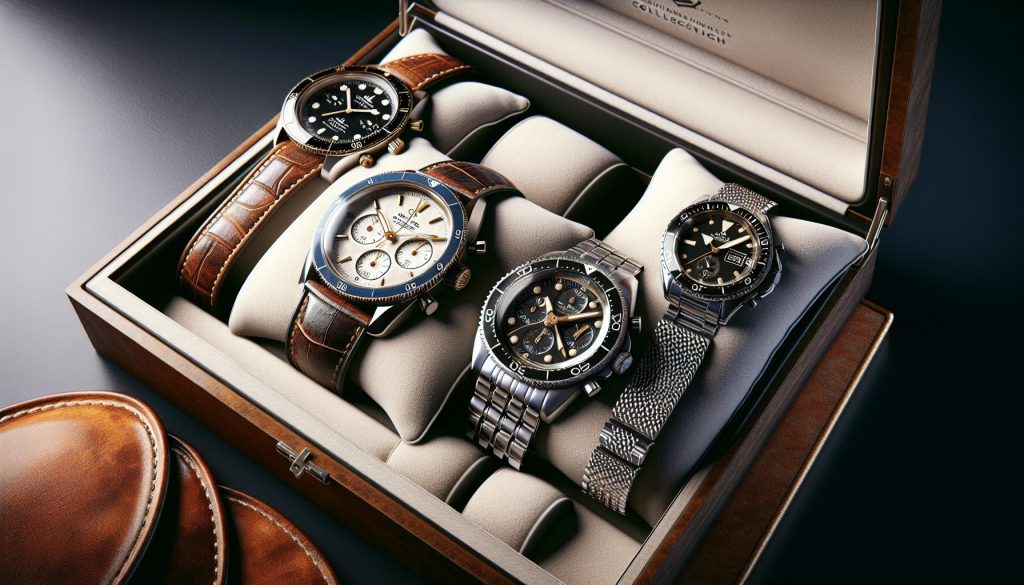
Budgeting for a Watch Collection
Determine your budget before starting your collection. Understanding how much you’re willing to spend enables smarter purchasing decisions. Consider factors like the brand, model, condition, and rarity, as these aspects influence the price significantly. For instance, limited edition watches (e.g., a Patek Philippe Grand Complications) typically command higher prices than mass-produced models (e.g., a Casio G-Shock).
Allocate your budget across different types of watches. Balance your collection by investing in various categories such as vintage, contemporary, and sports watches. This approach reduces risk and provides a more diverse portfolio. For example, splitting your budget between a vintage Omega Seamaster, a contemporary TAG Heuer, and a sports-oriented Breitling allows for a well-rounded collection.
Set aside funds for unexpected expenses. Collecting watches often involves additional costs beyond the initial purchase, like repairs, servicing, and insurance. Factoring these costs into your budget ensures you can maintain your collection without financial strain.
Keeping Your Watches Safe
A watch collection can amount to a sizable amount of money. if you don’t have a safe or some sort of secure stroage in your home then it is recommeded to consider using a safety deposit box to keep some of your watches you don’t wear very often. Most safety deposit box facilitis allow you to access your unit anytime to allow you to swap your watches around.
The Importance of Maintenance and Care
Regular maintenance preserves the value and functionality of your watches. Schedule periodic servicing with a reputable watchmaker to keep movements running smoothly. A general rule is servicing mechanical watches every 3-5 years and quartz watches every 5-7 years. For example, a Rolex Submariner benefits from routine upkeep to ensure its longevity and performance.
Store your watches properly to avoid damage. Use a dedicated watch box or safe with a soft lining to protect against scratches and dust. In the case of automatic watches, invest in a watch winder to keep them running when not in use. Proper storage is crucial for watches like the Jaeger-LeCoultre Reverso, which relies on precise mechanisms that can suffer from neglect.
Clean your watches regularly to maintain their appearance. Use a soft, lint-free cloth to wipe down cases and bracelets, avoiding abrasive materials that can cause scratches. For metal bracelets, a gentle soap and water solution can remove dirt and grime. Be cautious with water resistance ratings when cleaning to prevent damage to non-waterproof models, such as dress watches like the Cartier Santos Dumont.
By understanding budgeting and the importance of maintenance, you ensure your watch collection remains valuable and functional, elevating your experience as a collector.
Historical and Iconic Watches in the Collecting World
Milestones in Watchmaking History
Understanding pivotal moments in watchmaking history helps appreciate the evolution of timekeeping. Watches have marked significant progress since the 16th century.
First Portable Watch (1510s): Peter Henlein, a German locksmith, is credited with inventing the first portable watch. His “Nuremberg eggs” featured a spring-driven mechanism, an innovation at that time.
Introduction of the Balance Spring (1675): Christiaan Huygens, a Dutch scientist, revolutionised accuracy with the creation of the balance spring. It improved precision and reliability in mechanical watches.
First Wristwatch (1868): Patek Philippe crafted the first wristwatch for Countess Koscowicz of Hungary. Initially designed for women, wristwatches changed horology.
Chronograph Invention (1913): Longines produced the first chronograph wristwatch, enabling precise timekeeping with additional stopwatch functionality. This development marked significant progress in sports and aviation timing.
Quartz Revolution (1969): Seiko’s Astron, the first quartz wristwatch, transformed timekeeping with superior accuracy and affordability, challenging traditional mechanical watches.
Notable Watches in Motorsport
Watches and motorsport share a historic connection, with precise timekeeping crucial for racing. Several watches have become iconic in this niche.
Rolex Daytona (1963): Introduced in 1963, the Rolex Daytona is synonymous with speed and precision. Named after the Daytona International Speedway, it’s designed for professional racing drivers, featuring a high-performance chronograph and tachymeter scale for measuring speed.
Tag Heuer Monaco (1969): The Monaco, famously worn by Steve McQueen in the film “Le Mans” (1971), features a square case and first automatic chronograph movement. Its association with motorsport and McQueen’s legacy boosts its iconic status.
Omega Speedmaster (1957): While famous for its lunar conquests, the Speedmaster traces its roots to motorsport. Initially designed for racing drivers, it features a chronograph and tachymeter scale.
Chopard Mille Miglia (1988): Collaborating with the Mille Miglia classic car rally, Chopard launched a series of watches dedicated to the event. The Mille Miglia watches combine elegance and sportiness, incorporating design elements inspired by vintage cars.
Breitling Bentley Collection (2002): Breitling teamed up with Bentley Motors to create timepieces reflecting the luxury and performance of Bentley cars. These watches feature elaborate designs and precise chronograph functions.
Understanding historical milestones and notable watches in motorsport enriches your watch-collecting journey. These timepieces represent technological advancements and cultural significance, making them coveted additions to any collection.
The Culture of Watch Collecting
Social Aspects and Community Events
Watch collecting builds bridges among enthusiasts. Many collectors join clubs or forums, where camaraderie and knowledge-sharing flourish. These gatherings often host exhibitions and fairs, showcasing rare timepieces and inviting experts to speak. For instance, the annual Salon International de la Haute Horlogerie (SIHH) in Geneva draws aficionados worldwide to admire the latest in haute horlogerie.
Meeting peers in real life further enhances your collecting experience. Local watch meetups, often organised by enthusiasts, offer a more intimate setting. These events provide a platform for sharing stories, comparing collections, and sometimes even trading watches. Virtual meetups have gained traction recently, allowing you to connect without geographical constraints.
The Impact of Digital Platforms on Collecting
Digital platforms have revolutionised watch collecting. Dedicated websites and online communities offer vast resources and marketplaces for collectors. Platforms like Chrono24 enable seamless buying and selling, ensuring you access a global market. Besides, social media channels such as Instagram provide a visual showcase for your collection, connecting you with like-minded individuals.
Forums like Watchuseek and Reddit’s r/Watches foster discussions and provide expert advice. You can ask questions, participate in debates, and share your collection’s story. Also, YouTube channels dedicated to horology offer in-depth reviews and educational content, helping you make informed decisions.
Hence, leveraging both physical and digital platforms enriches your watch-collecting journey, offering varied opportunities for learning and engagement.
Investing in Watches
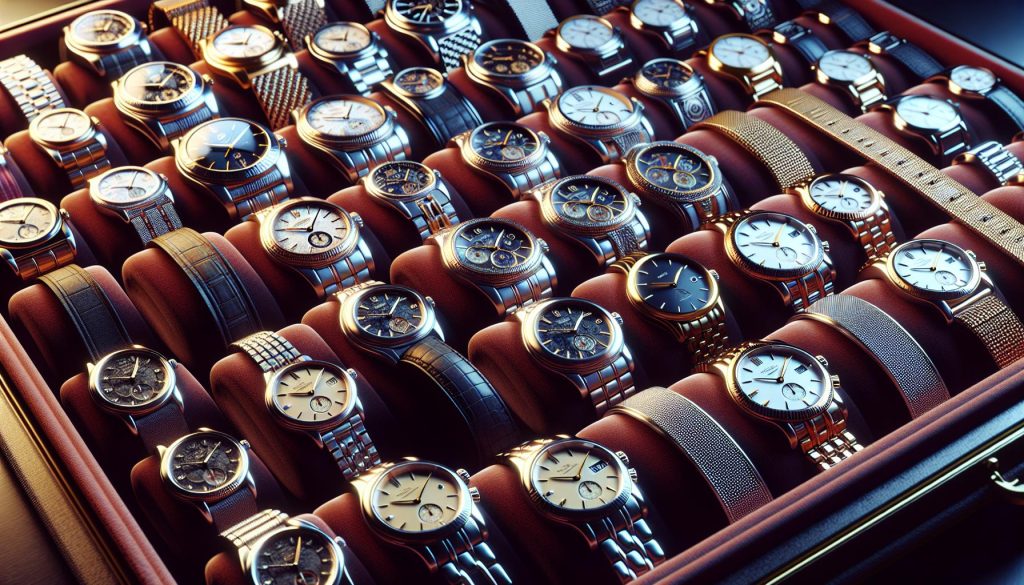
Assessing Value and Authenticity
Understanding value and authenticity is crucial when investing in watches. Market value fluctuates due to factors like brand reputation, model rarity, and condition. For example, a Rolex Submariner often holds its value due to its enduring popularity and craftsmanship. To accurately assess a watch’s value, consider using resources like auction house results and online marketplaces.
Authenticity is vital for protecting your investment. Counterfeit watches can be highly convincing, so verifying authenticity is essential. When assessing a watch, examine the serial numbers, hallmarks, and manufacturer details. Requesting documentation, such as certificates of authenticity, can provide further assurance. Many collectors rely on reputable watchmakers or third-party authentication services to confirm a piece’s legitimacy.
Long-Term Considerations for Collectors
When considering watch investments, think about long-term value retention and appreciation. Limited edition watches from prestigious brands often appreciate over time. The Patek Philippe Nautilus, for instance, has seen significant value increase since its release. Market trends and brand reputation impact long-term value, so staying informed is beneficial.
Maintenance and care also affect a watch’s longevity and value. Regular servicing, ideally every 3 to 5 years, ensures mechanical precision and prevents wear. Proper storage, such as using a watch winder for automatic watches, guards against damage. For preserving value, keeping original boxes, papers, and receipts is advisable.
Finally, diversify your investment portfolio within watch collecting. Combine vintage and contemporary pieces to balance potential risks and rewards. Brands like Omega, Rolex, and Audemars Piguet offer models known for both aesthetic appeal and investment potential. By considering these long-term aspects, you can enhance both the financial and personal value of your collection.
Conclusion
Watch collecting offers a unique blend of history, craftsmanship, and community. Whether you’re drawn to vintage pieces or iconic sports watches, understanding the market and verifying authenticity are key to making wise investments. Digital platforms and social media have revolutionised the collecting experience, making it easier to connect with fellow enthusiasts and access valuable information. By diversifying your collection and staying informed about market trends, you can enjoy both the aesthetic and financial rewards of this fascinating hobby. Embrace the journey and let your passion for horology guide you.
Frequently Asked Questions
What is the significance of craftsmanship in watch collecting?
Craftsmanship is crucial in watch collecting as it determines the quality and longevity of a timepiece. Well-crafted watches often appreciate in value and are more desirable among collectors due to their intricate design and precision.
Why are vintage watches highly valued?
Vintage watches are valued for their historical significance, rarity, and unique design elements that are often not found in modern watches. They also tend to have a nostalgic appeal and can hold or even appreciate in value over time.
What are some key milestones in watchmaking history?
Important milestones include Peter Henlein’s invention of the first portable clock in the 1510s and Seiko’s introduction of the Quartz Astron in 1969, which revolutionised timekeeping with quartz technology.
How do social aspects enhance the watch collecting experience?
Watch collecting fosters a sense of community through clubs, forums, and events like the Salon International de la Haute Horlogerie. These platforms allow enthusiasts to share knowledge, trade pieces, and connect with like-minded individuals.
How have digital platforms impacted watch collecting?
Digital platforms like Chrono24 and social media have made watch collecting more accessible, providing tools for verification, buying, selling, and connecting with other collectors globally, thus enhancing the overall experience.
What factors influence the market value of a watch?
Factors include brand reputation, model rarity, and condition. Popular models like the Rolex Submariner tend to hold their value well due to their high demand and timeless design.
How can you verify the authenticity of a watch?
To verify authenticity, examine serial numbers, hallmarks, and seek proper documentation. Consulting with experts and using trusted dealers can also help ensure you are purchasing a genuine timepiece.
What are some long-term considerations for watch collectors?
Collectors should understand market trends, brand reputation, and the importance of maintenance and care to preserve a watch’s value. Diversifying the collection to balance risks and rewards is also advisable.
Are certain brands better for investment purposes?
Yes, brands like Omega, Rolex, and Audemars Piguet are known for both their aesthetic appeal and investment potential. These brands often see their models appreciating in value due to their prestige, limited editions, and high quality.

